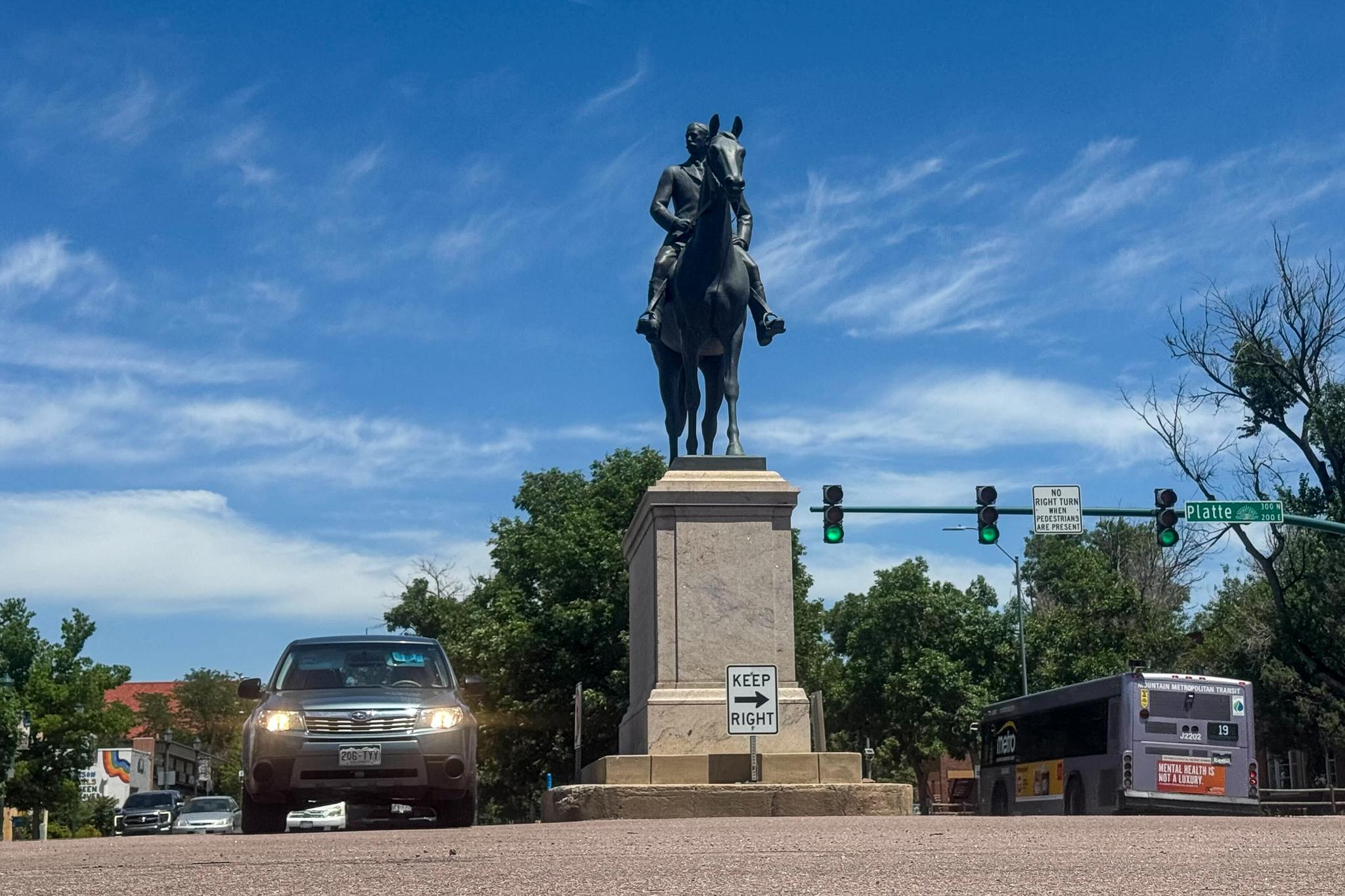A crew with the U.S. Forest Service is setting out on a grim task today. They’ll hike to a remote cabin where six frozen dead cows await them. This is around Aspen. The cows apparently wandered in over the winter and got stuck. The crew will cut the cows up by hand and toss the pieces in the forest. The other option they’d considered was explosives, which the Forest Service uses from time to time. The practice even has a name: “carcass obliteration.” CPR’s Zachary Barr introduces us to the man who does that in Colorado.
REPORTER ZACHARY BARR: Jim McBreen is known as a “master blaster.” The reason there’s even a guy who does this to carasses, is that dead meat, lying around where people might go, can attract predators.
JIM MCBREEN: It may seem strange to blow up a carcass. But when you look at the likelihood of a bear hiker interaction if we do nothing, it makes you realize it’s a good alternative.
REPORTER: McBreen and his explosives are also called in to clear for trails and roads, to collapse old mines, and to fell trees. But I digress. Our real focus here is blowing up dead animals.
MCBREEN: A horse can lay for months without completely degrading. If explosives are used, a week later, you can’t tell there was an animal there.
REPORTER: Because scavengers eat the pieces. One of McBreen’s recent projects, involved a horse that died on a popular trail. The decision was made to blow it to smithereens.
MCBREEN: You know basically you’re looking at getting the explosive charges on the major bones of the body, along the spine. If you can get them underneath, that helps also.
REPORTER: Those are some of the “best practices” in “carcass obliteration.” A Forest Service document we found online outlines others. It says, for a good sized horse, about 50 pounds of explosives will achieve “total obliteration.” But...
MCBREEN: If you loaded it too light, didn’t use enough explosives, perhaps you would have some large chunks left over.
REPORTER: That’s not the problem officia ls in Oregon had years ago. It was 1970, when they decided to use one thousand pounds of dynamite to break up a beached whale
PAUL LINNMAN: The hope was that long dead Pacific Gray Whale would be almost disintegrated by the blast.
REPORTER: As this news story on YouTube shows, a half ton of explosives was way too much.
<sound of explosion>
REPORTER: The reporter playfully sums it up playfully by saying:
LINNMAN: The blast blasted blubber far beyond all believable bounds.
REPORTER: Whale pieces flew far and wide, smacking onlookers and even crushing a car.
LINNMAN: Fortunately, no human was hit as badly as the car. However, everyone on the scene was covered with small particles of dead whale.
REPORTER: Jim McBreen says, yes, the guys in his department have had some laughs watching this video. And a spokesman for the Forest Service says they decided NOT to use explosives on the dead cows for fear this already high profile story would further blow up.
I’m Zachary Barr, Colorado Public Radio News.









